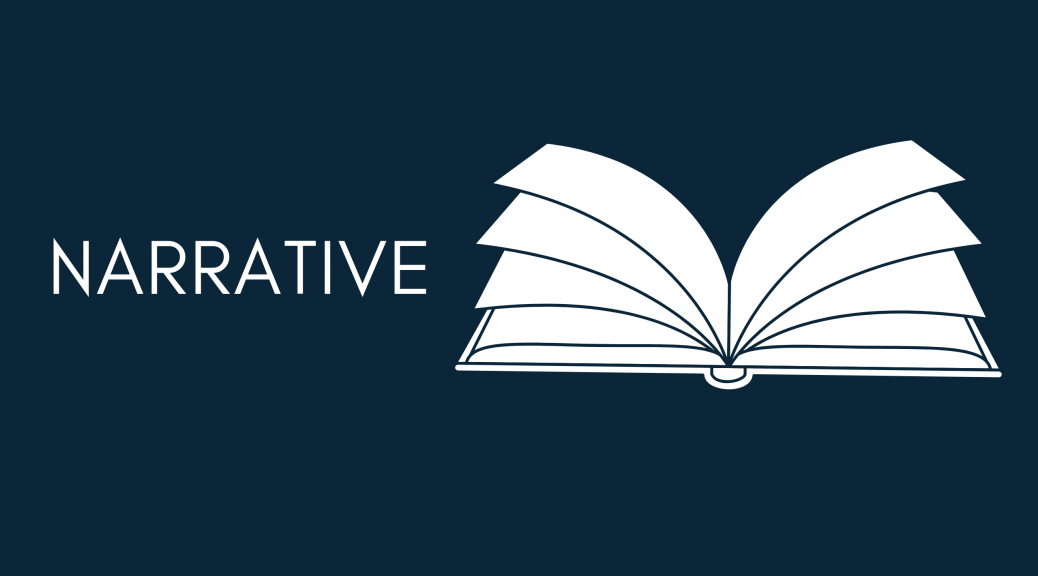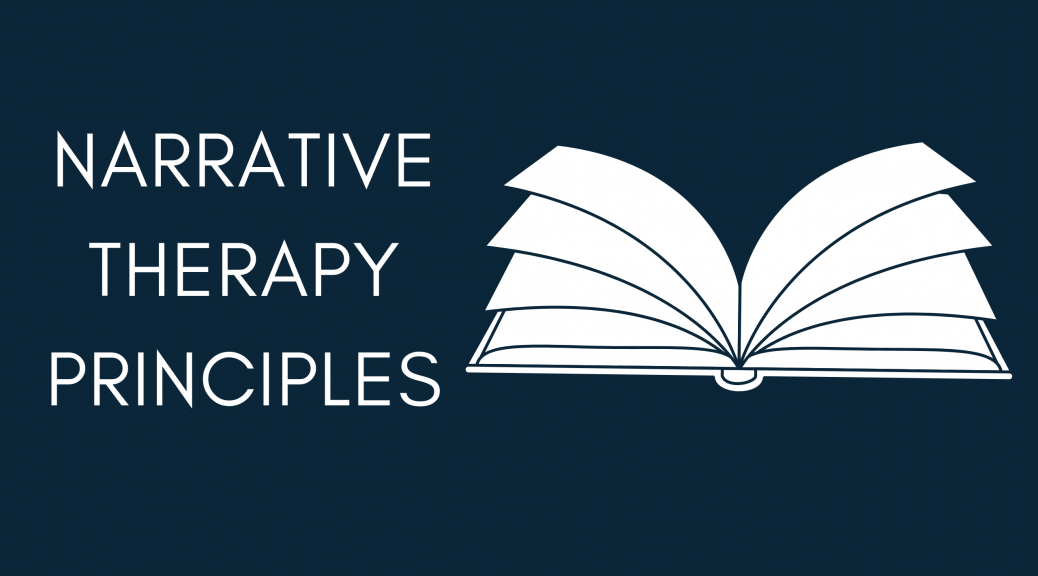
The Old Gum Tree and the Ironbark
By Evie McRae | | Comments 0 Comment
I was feeling very out of sorts today – precipitated by a Migraine attack that forced me to ‘STOP’ and rest.
Away from my glaring computer screen, lying down, I began to tune in to my body so I could observe how it felt. I mean ‘really’ felt. How often do any of us do that? Really check in with how we are feeling? As I scanned, weighed, held and shifted through the vibrations within, I couldn’t deny the unmistakable feeling of grief. It was clasped around my throat, fluttering in my solar plexus and twisting in my stomach.
Grief? But where had it come from? Why had it settled within, like a skulking, wounded animal, or a squatter stealing the joy from someone else’s home?
I felt compelled to walk the talk. To do as I have so often advised others on a road to healing. Write without form. Write without thinking.
Perhaps, if you’re able, you can follow seemingly unconnected words like breadcrumbs into the darkness. There’s always a chance you’ll flush the real emotion, thought or feeling out into the daylight, to be examined, to be acknowledged for what it truly is. For me, it’s a rogue energy that’s stolen my joy, leaving me bereft. Such is grief.
These last few months have been stressful in one way or another – on an emotional level at least. We’re all suffering as a result of this COVID situation. Here on Lorikeet Lane, we have counted our blessings. And then counted them again. We are luckier than most and we know it.
But like anyone, we still feel sad that much anticipated and longed for plans have fallen apart. We feel the loss. Simple hugs and time spent with loved ones become ‘treasured memories’ to reflect on in our relative isolation.
As I say, we are luckier than most. We are the custodians of endless space under a benevolent blue sky.
I open the veranda doors to allow the cool Southerly breeze to flow through the house. As I lay on the couch, I feel refreshed by the chill settling on my brow. From where I lie, I have a view of the Old Gum Tree.
Her branches are reaching out to me across the deck, like a mother’s hand extended, patting down an infant in a pram. Her elongated leaves bristle in the wind, and yet I sense her busyness is accompanied by a melancholy. All at once, I feel the grief wash over me again.
I ‘feel’ the Old Gum Tree speak to me. Since moving to this property, I have often ‘communicated’ with the Spirit that envelops us here. As soon as we first arrived on this spot it called to me. I didn’t care what the house was like – I just knew I needed to be on this land.
I started my own journey of healing here – helped by the outstretched leaves the smell of Earth – and the unique, coded downloads of light I absorb on a daily basis.
I promise myself I will just write whatever comes. I am familiar with that feeling of being unable to keep up with the words as they flow – I am familiar with the illegible scrawl that blurts from my pen– the words that demand to be written so they may be exorcised along with the emotion they carry.
Grief. Could it be I am feeling grief for the two trees that have to be cut down on our property? Both are less than 10 metres from the house.
They stand proud like ancient Elders on this land, front and back, scanning, surveying the ridge – still with an instilled sense of purpose and responsibility – while simultaneously nodding down on the life that plays below.
One is sick and dying. She is the old Ironbark behind our house. The crimson red resin that bleeds from cracks in her blackened, wrinkled bark, hardens and twinkles like a Ruby, jewelled in the sunlight. In the twilight the resin takes on a candied appearance – though either way – beautiful, remarkable in her resilient substance.
She is arched and frail and has been quite stubbornly stoic in the face of her back-breaking pain. She stands as patiently as a loyal dog, waiting for the command that allows her to lie down and rest awhile. Though she may feel a blessed relief to be released from her post, I feel sad for her just the same. She is a part of our landscape. Indeed, she was here casting her gaze over the ridge long before the foundations of our home. Long before we set foot on this property. There is an energy of the Great Mother about her. She belongs here. And yet. She is precarious in the way she bends towards the roof at the back of our house – stooping, swaying.
Though she is sick, she still provides shelter and a sense of home. She’s given me moments of wisdom and healing. I can see the stories of her past etched upon her and she reminds me of the times I used to sit with my grandmother at the kitchen table. Just talking and spending ordinary, precious time together.
Her outstretched, weary branches still provide protection and shade for the young raucous hens below, or a bow for the courting Australian Wood Ducks to jostle and woo, before bonding for life. The dear old Ironbark protects life from the eagle eyes that circle above but will just as willingly offer a rest stop for that same Eagle, providing a vantage point to survey the menu in an adjoining paddock. But the sad reality is, for all her willingness to nurture, she is a danger to herself – and to those she protects. We had knowingly put off the day when we would have to make some tough decisions about her future.
With love comes huge and sometimes achingly painful responsibility.
The other tree – the one my eyes rest on now – the one that’s reaching over to me with a concerned presence – is the one that pains me the most. This tree’s impending demise feels more callous, more brutal because, though she is weary, she still participates fully in her life on the property. Enveloping. Protecting. She is resolute and proud.
The Old Gum Tree has already adapted to adversity more than once – her twin trunk now being her weakness rather than her strength. The split happened early on life. The left trunk bears left to overhang the front of our house while the right stretches skyward, backward, swaying with an unpredictable abandon, flailing in the wind.
The most striking feature of the left-hand trunk is a strong, horizontal bare branch. It juts out at right angles creating the perfect perch for the three Kookaburras that take turns to outlaugh each other as the sun dips below the ridge. It’s the perfect presentation platform for the Butcher Bird when she boastfully introduces her new clutch of chicks to us. It’s the place of respite for the exhausted Magpies who send their over-sized young to say hello to us while they take a much-needed rest from the incessant demands for food. So much life comes to sit on that branch, and we have a unique and privileged vantage point being so elevated ourselves. Here we reside amongst the Cockatoos and King Parrots under the benevolent, blue sky. Alas, fire season approaches.
I don’t understand the tears below the surface. The grief that’s demanding to be acknowledged.
I feel somehow, I am betraying what I promised to protect.
After the unconditional support and shelter they have provided – I am to be responsible for cutting them down. I will preside over their fate. I feel they know on some level – perhaps through their interconnected root system or through osmosis – but they know these are the last days they will see the sun set over the ridge.
As I continue to write – encouraging the emotion to surface – without thought – without judgment. My thoughts take a surprising turn and I find my inner viewfinder resting on Peter’s parents.
I met Peter’s mum (my mother-in-law) the very same year I lost my own mother.
I was welcomed as though I had been long ago lost to them, and now returned.
A memory of Peter and I announcing our engagement surfaces. Like branches, his mum extends her loving arms out to me, and as I stand there, eyes shining, she cups her hands around my face. She draws me in, holds me in a space of tenderness and love. I allow her to pour this love into me, knowing I have been unable to ‘allow’ before. In that moment she voluntarily steps forward to help me heal my own deep and aching mother wound. Peter’s father and I need no words – osmosis. A knowing. But love vibrates at its own frequency. It does not need to be uttered, It is felt.
The engagement. A bonding moment, rippling like rings in a tree, encircling Peter and myself. I feel an acceptance I have rarely experienced in my life. A healing. It reminds me of the pure unconditional love I feel as the Ascended Masters, Elders and Guides step forward in my little studio. The connection, the belonging and the healing this land has poured into me. Whispering its secrets …
Then suddenly the tears blurt along with the words …
These last few months have been stressful in one way or another – on an emotional level at least … you see we’ve had to make some tough decisions lately … for The Gum Tree and the Old Ironbark
This is just another example of how writing something down can help us identify a thought or emotion that’s niggling away at us – but we can’t quite place it. The process of writing takes us on a journey and we just follow along behind it – until it leads us to the source of our pain. This was written on a day I was feeling low, but just couldn’t understand why. As I began writing I realised the trees were a metaphor for that feeling of connectedness. I was upset they had to be cut down. They were both diseased and a fire risk – both of which could have impacted our home and the wildlife around us. So we had to make that difficult decision before something serious happened. It was a strange co-incidence to realise that in the same week, we were moving my husband’s parents into Residential Care. Both had been in hospital together for the last 2 months and it became clear they could not return home. So it’s been a challenging time. Suddenly the connection between the trees – and what they represented became so clear. Sometimes with love comes the responsibility to make difficult and painful decisions. This then led me to think about how we are all connected through nature and through love. So you can see the process for navigating emotions about seemingly unrelated topics which is why I say, if you are feeling out of sorts – just write. You’ll soon find your way again.
